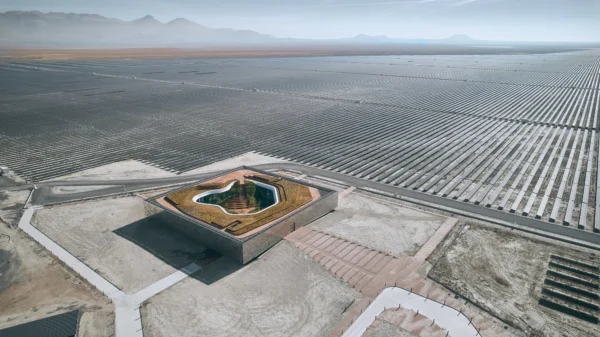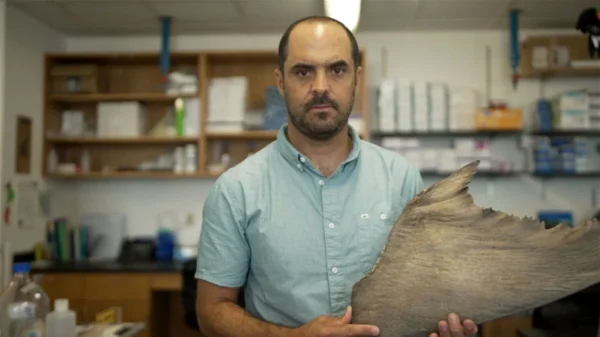Introduction
In today’s world, where environmental concerns are at the forefront of global discussions, the concept of a circular economy has gained significant attention. A circular economy aims to reduce waste, promote sustainability, and create a more efficient use of resources. This article will shed light on the latest trends in reducing waste globally and highlight the positive impact they have on our planet.
1. Extended Producer Responsibility
Extended Producer Responsibility (EPR) is a policy approach that holds manufacturers accountable for the entire lifecycle of their products, including disposal. This approach encourages producers to design products that are easier to recycle or repair, thus reducing waste. Many countries have implemented EPR laws, and this trend is gaining momentum globally.
2. Zero Waste Initiatives
Zero Waste initiatives aim to minimize waste generation and maximize recycling and reuse. Cities and businesses around the world are adopting zero waste goals, implementing comprehensive waste management systems, and promoting recycling and composting programs. These initiatives help divert waste from landfills and promote a more sustainable approach to waste management.
3. Product Redesign and Innovation
Product redesign and innovation play a crucial role in reducing waste. Companies are increasingly focusing on creating products that are more durable, repairable, and recyclable. By using eco-friendly materials and designing for disassembly, these products can be easily recycled or repurposed at the end of their life cycle.
4. Sharing Economy
The sharing economy is revolutionizing the way we consume goods and services. Platforms like Airbnb and Uber allow people to share resources, reducing the need for individual ownership and minimizing waste. This trend encourages collaborative consumption, extending the lifespan of products and reducing overall consumption.
5. Circular Business Models
Circular business models are gaining popularity as companies recognize the economic and environmental benefits of a circular economy. These models focus on designing products for longevity, implementing take-back programs, and utilizing recycled materials in production. By closing the loop and creating a circular supply chain, businesses can reduce waste and create a more sustainable future.
6. Waste-to-Energy Technologies
Waste-to-energy technologies are innovative solutions that convert waste into usable forms of energy. These technologies, such as anaerobic digestion and incineration, help reduce the volume of waste in landfills and provide an alternative source of renewable energy. Implementing these technologies globally can significantly reduce greenhouse gas emissions and promote a more sustainable waste management system.
7. Education and Awareness
Education and awareness play a vital role in changing consumer behavior and promoting waste reduction. Governments and organizations are investing in campaigns and initiatives to educate the public about the importance of recycling, composting, and reducing waste. By raising awareness and providing the necessary knowledge, individuals can make informed decisions and contribute to a circular economy.
Conclusion
The latest trends in reducing waste globally highlight the growing importance of transitioning to a circular economy. From extended producer responsibility to waste-to-energy technologies, these trends offer promising solutions to address the environmental challenges we face. By embracing these trends and working together, we can create a more sustainable future and preserve our planet for generations to come.



































